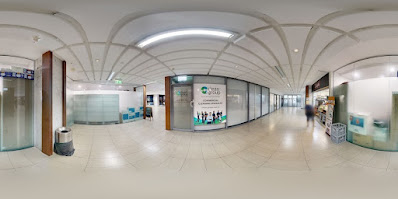
Comprehensive Overview: The Vital Role of Cleaning Across Contexts
Posted by on
Cleaning: A Fundamental Process for Health and Functionality
Cleaning is an essential activity involving the removal of unwanted substances such as dirt, infectious agents, and other impurities from objects or environments. This practice serves multiple purposes, including improving aesthetics, ensuring hygiene, maintaining functionality, enhancing safety, and protecting the environment. The methods and tools used in cleaning vary significantly depending on the context, with numerous occupations dedicated to this critical process.
The Diverse Contexts of Cleaning
Cleaning occurs across a range of settings, each with distinct requirements and objectives. The primary contexts include:
-
Commercial Cleaning
Conducted in business and commercial settings, this type of cleaning focuses on maintaining professional environments, ensuring compliance with industry standards, and promoting a positive customer experience. -
Terminal Cleaning
A specialized cleaning process in healthcare settings aimed at eliminating pathogens to prevent the spread of infections. This is crucial for patient safety and the overall hygiene of medical facilities. -
Housekeeping and Domestic Cleaning
Tasks like spring cleaning and routine housekeeping are performed in residential spaces to create comfortable, clean, and healthy living environments. -
Hygiene and Personal Grooming
Personal hygiene practices, such as bathing and handwashing, are vital for individual health and preventing the transmission of illnesses. -
Environmental Remediation
A large-scale cleaning initiative focused on removing pollutants or contaminants from natural ecosystems. This is critical for restoring and preserving environmental health.
By understanding the multifaceted nature of cleaning and its application in various settings, individuals and organizations can appreciate its significant role in enhancing quality of life, safety, and sustainability. Cleaning is not merely a routine task—it is a cornerstone of well-being in both personal and professional domains.